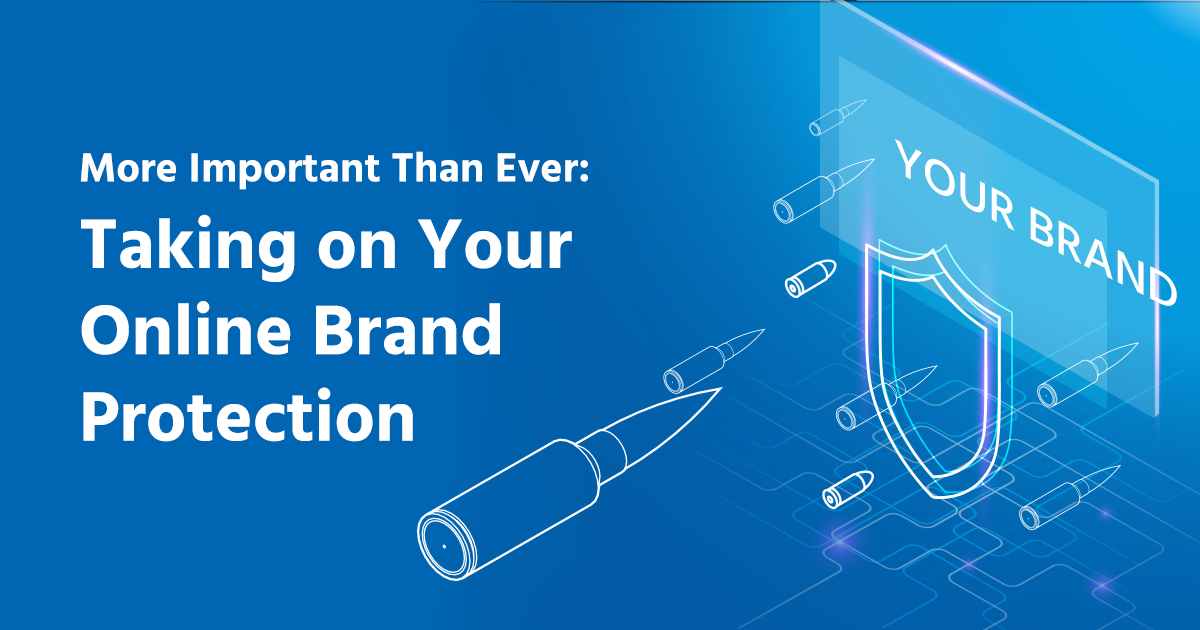If it’s valuable, it needs protecting. Every business, from eCommerce and online retailers to banks, are waking up to the need to protect their sacred brand. But how? Some high profile companies have been affected by brand abuse, for example, as part of the mad rush to comply with GDPR requirements, hackers used Airbnb’s branding for a phishing attack by sending fake emails in an attempt to steal personal data. But there are many different methods used in brand abuse and many smaller companies also stand the risk of a breach. No one is immune. We’ve listed the most common ones in use today.
Online Brand Abuse Methods
The faces of brand abuse are many, and knowing the different possibilities will protect your business.
Unauthorized sales and grey market abuse
- Selling authentic goods through unauthorized channels and websites and exploit pricing disparities by using grey market imports from regions where the item is sold at a lower cost and then reselling without buyer restrictions.
Counterfeit sales
- Selling pirated or fake goods made to look genuine typically sold on auction sites, eCommerce sites, and spam email.
- 38% of 6,923 respondents purchased a counterfeit product in the past year according to a recent survey.
MAP violations
- Retailers selling products below the Minimum Advertised Price (MAP) causes the brand image to degrade conveying a lower value product.
- To circumvent MAP policy, online retailers will use “Proceed to checkout to see price” or “Price upon request,” since technically the price is not advertised.
Copyright, trademark, and IP infringement
- Masking counterfeit products by using different search terms, making it difficult for rights holders to detect.
- When infringing links are removed from a platform, new ones soon replace them.
Domain and cybersquatting
- Cybersquatters use the name of a respected brand, registering the company’s domain using any one of the ~1500 generic top-level domains (gTLDs)..
- The World Intellectual Property Organization reports cybersquatting cases reached a record high in 2017.
Paid search scams
- Scammers generate traffic at the expense of a legitimate brand by intercepting traffic for the legitimate brand to increase the cost of a pay-per-click advertising campaign.
- Scams lead consumers to counterfeit goods or pages with offensive content.
Malvertising
- Cyber criminals deliver malicious advertisements appearing to be legitimate brands, infecting PCs and mobile devices.
- Malware is typically cryptomining, ransomware, or a banking trojan; one malvertisement campaign reportedly received 40,000 clicks per week.
Credential stuffing
- Using bots to covertly validate stolen login credentials on eCommerce websites. Credentials found in stolen databases are company employees using the same login credentials for work and personal accounts.
- Online retailers lose approximately $6 billion per year from credential stuffing attacks.
Cryptojacking
- Cryptojackers target popular websites to embed a malware patch which infects the web browsers of visitors, and uses their computer to mine cryptocurrency.
- Cryptojacking affects 55% of organizations globally.
NFC payment fraud
- With the majority of physical POS payments using Near Field Communication (NFC) technology found in smartphones and contactless debit/credit card, stolen debit/credit card details are used to set up Apple/Android Pay.
- Login credentials for Amazon, Facebook, PayPal, and mobile wallet are often saved on phones, but users don’t always lock their phones.
The potential impact of brand abuse can include the loss of sales, being sued, or reduced product value due to fraudulent competition. More significantly, (1) damage to reputation can be caused by cheap counterfeit products being sold on the grey market; (2) Regulation violations can occur if a business hasn’t put in proper consumer protections and particularly important with GDPR; (3) Reduced website traffic can be a result of consumers unknowingly visiting counterfeit sites, with customer dissatisfaction caused by the fraudsters’ abuse methods.
Cutting to the Chase: How To Protect Your Brand
Businesses can protect themselves from these abuses by having a digital brand protection solution in place. This is important because most breaches are discovered days, weeks, or months after the fact.
It works by mapping out your entire digital footprint and digital activities. This includes digital assets (social media, hashtags, websites, brands, etc) and other websites that mention your brand or are associated with your brand. Then, millions of pieces of data and content are continuously analyzed in real-time to identify risks that may impact your employees, customers and brand.
The results can be automatically shared while remedial actions take effect such as takedowns and additional investigations.





